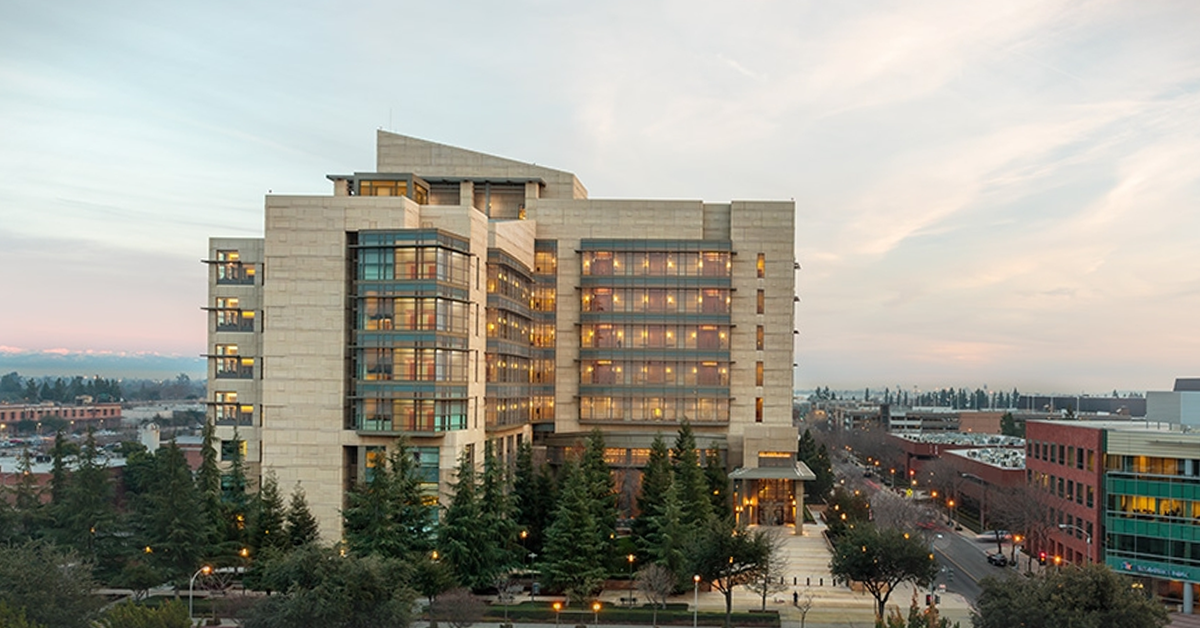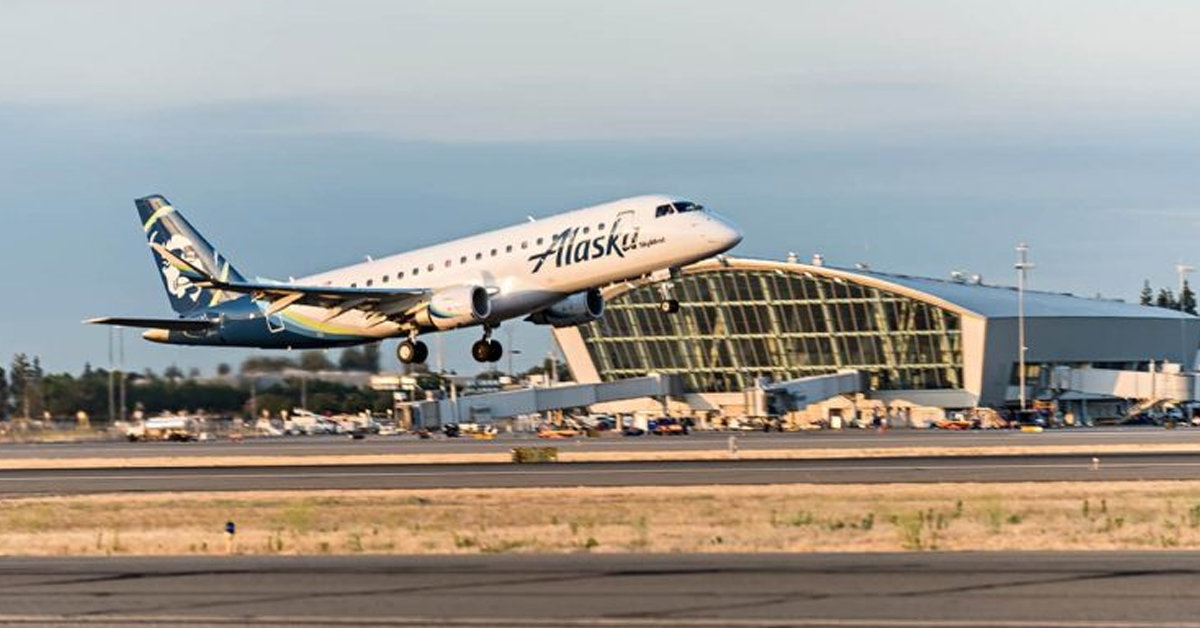Westlands Water District celebrated the completion of the first phase of a major groundwater recharge project, signaling a new path forward that will provide stability in future dry years.
The Pasajero Groundwater Recharge Project, located on 29 acres near Coalinga, is expected to revolutionize the district’s water management.
The big picture: With phase one complete, the Pasajero project now features a new 30 cubic feet per second conveyance turnout from the Coalinga Canal and six basins.
- Westlands expects to add up to 21,000 acre-feet of recharge capacity per year with the project.
- Thursday’s formal ribbon cutting ceremony was widely celebrated by some of the top influencers in water management, as California Department of Water Resources Director Karla Nemeth Director Karla Nemeth, Bureau of Reclamation Senior Counselor John Watts were on hand. They were joined by Fresno County Supervisor Buddy Mendes and representatives for several local elected officials.
- The California Department of Water Resources gave Westlands $4 million for the project through its Sustainable Groundwater Management Proposition 68 Grant Program. Westlands also used $2.6 million of its own money to facilitate the project.
Zoom out: Westlands has been pushing forward with groundwater recharge projects for the last few years with its farmers, resulting in nearly 400,000 acre feet of water recharged last year.
- The district has plans in the works to nearly double its recharge capacity to 800,000 acre feet.
Why it matters: The project enhances Westlands’ water supply reliability through volatile years.
- After years of drought and water management that has been affected by environmental causes through the Sacramento-San Joaquin Delta, California’s water availability can be a toss-up from year to year.
- South-of-Delta farmers had to endure years in 2021 and 2022 where they received zero percent of their contracted water allocation from the Bureau of Reclamation.
- Last year went in the exact opposition direction with a historically wet year, resulting in a 100 percent allocation. That was the first full allocation in 17 years.
- But this year, south-of-Delta farmers are only receiving 50 percent of their contracted water even though California has had an above average water year that officially lifted the state out of drought conditions.
What we’re watching: Once the second phase is completed, the Pasajero project will include up to 10 more dry wells with a recharge capacity of up to 5,000 acre-feet to convey surface water directly into the aquifer.
- Phase two will begin in the first half of 2027.
- Westlands has also received $25 million in grant funding from the Inflation Reduction Act to fund similar recharge projects.
- Westlands plans to have 3,000 to 6,000 acres of new district-owned recharge basins and 70 to 80 new aquifer storage and recovery wells. That is estimated to cost over $100 million. The district plans to achieve those goals by 2035.
What they’re saying: “Surface water is our lifeblood,” said Westlands General Manager Allison Febbo. “We can’t survive without our surface water from the Central Valley Project contract, but knowing that is a volatile supply now – we have declining reliability – projects like this help us take that water in the wet years, bank it in the dry years and ensure that we can continue agriculture and support our local communities and our state and national economies for the long term.”
- Nemeth praised Febbo for her leadership at Westlands to push through the Pasajero project and others.
- “Everyone should be very proud of General Manager Febbo, because I don’t think there’s another water user in the state that is always at the door saying, ‘We want to take advantage of things that the State of California is doing,’” Nemeth said.










